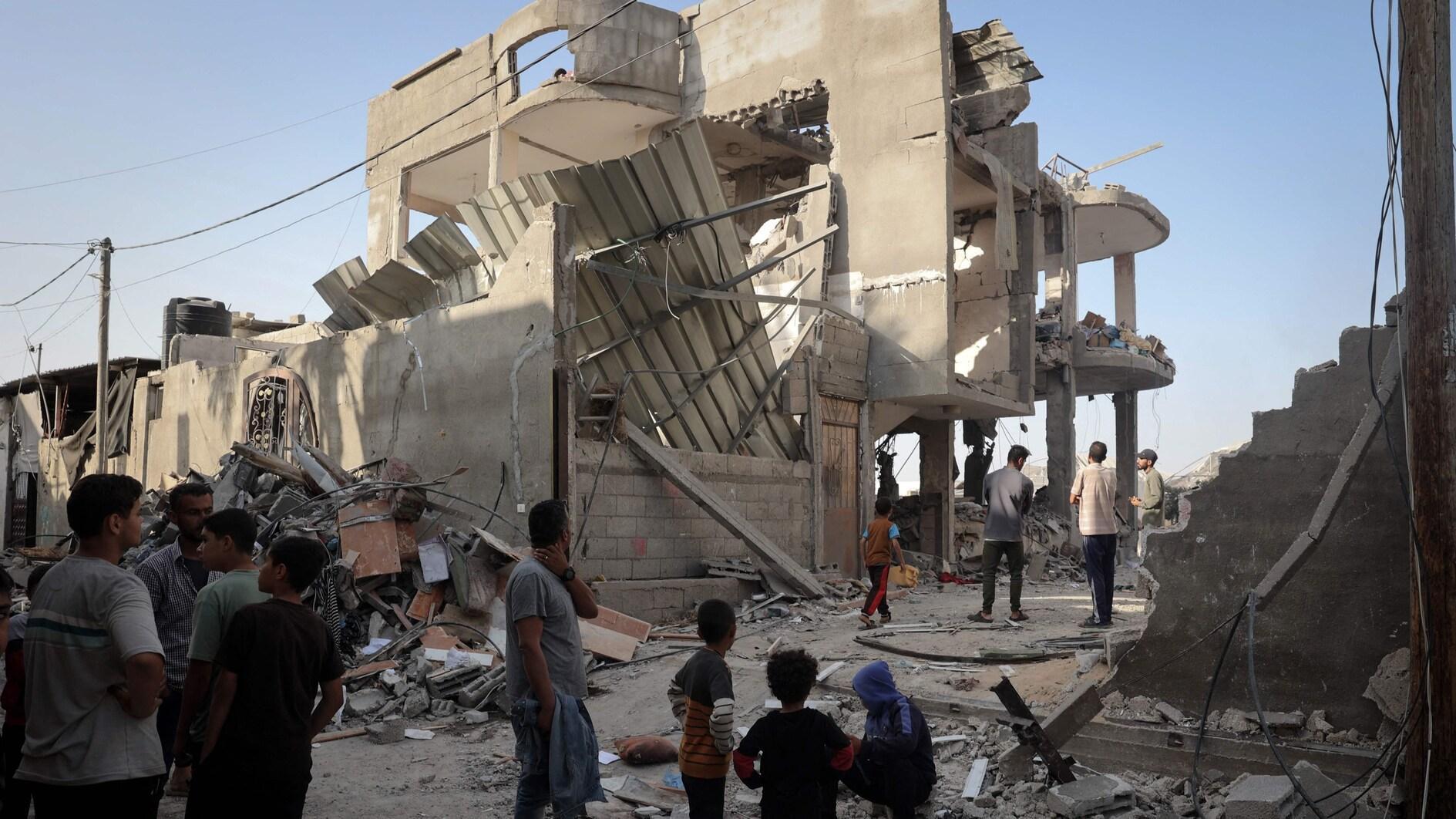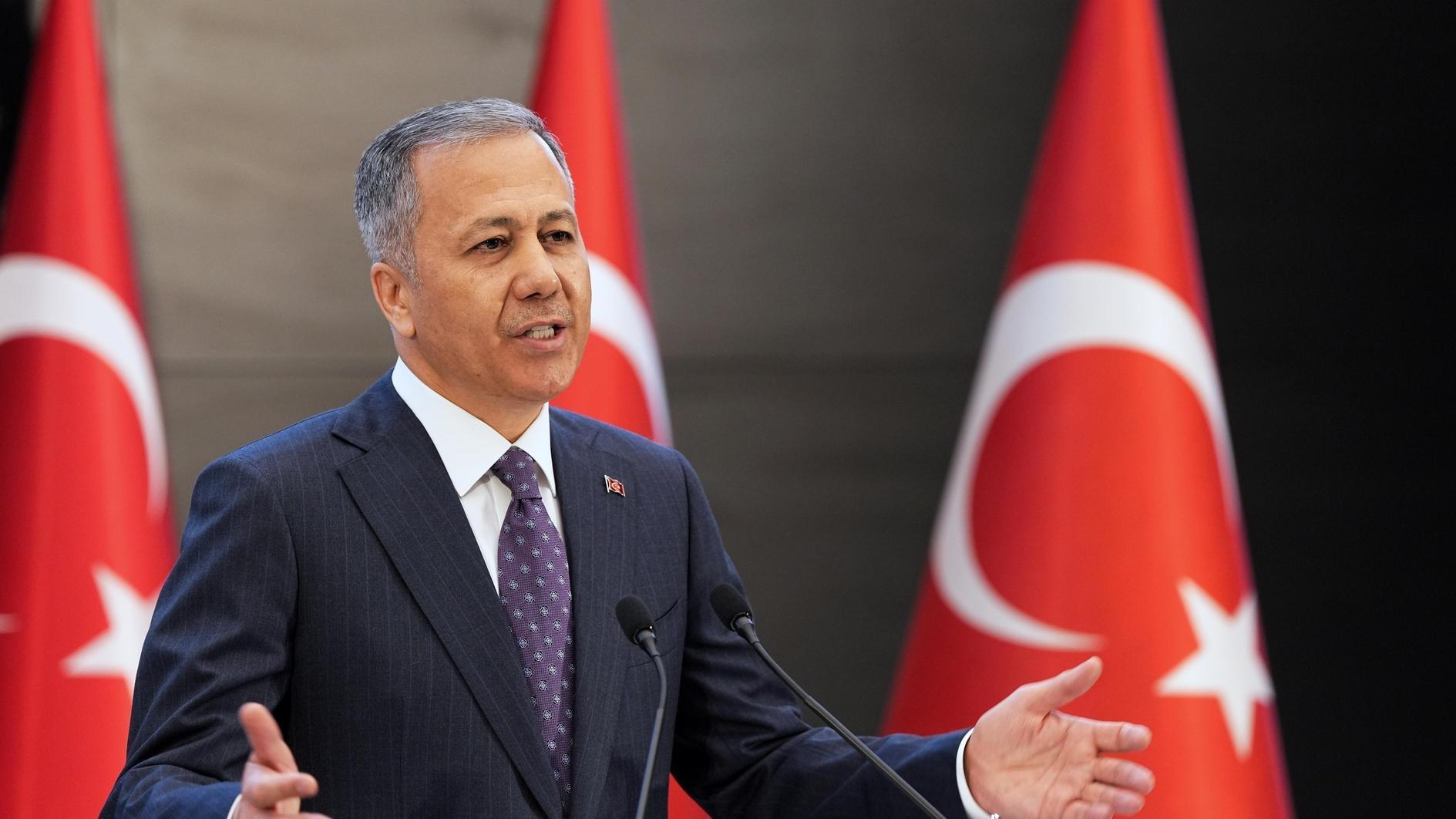The Arab world: transition to where?
The popular uprisings have already ousted two long-time presidents in Tunisia and Egypt, another one in Libya is almost gone. Regimes are being challenged in varying degrees almost all over the Arab world. This is really a momentous moment in the history of the region. Yet the question remains as to where these countries are heading?
The Arab uprisings clearly have a regional character; they not only have influenced each other, but they have also been a response to similar grievances. The grievances mainly originated from demographic changes, socio-economic problems and political repression. However, the events take on a different course in each case. It is clear that structural factors such as political and social history, economic development level and institutional capability, as well as ethnic and religious makeup will be important in affecting the transition in these countries.
In Tunisia and Egypt where the leaders are gone, the structures that supported authoritarianism are still intact. So are the socio-economic problems that plagued these countries. In Libya even if Moammar Gadhafi and his family goes, the rentier nature of the state will be there. Similarly, the reform of tribal politics, a legacy of the Gadhafi era, will be hard to change.
One interesting debate, especially in Tunisia and Egypt, has been about institutionalization vs. participation. The actors are discussing whether there should be free elections first and then a remaking of the institutional structure, including the constitution. Although free elections are seen as a sine quo non of democratic governance, without the democratic institutional structure that would guarantee political, civil and social rights, they may be not enough. As history has shown, elections may provide legitimacy for anti-democratic regimes, for instance. So there needs to be a balance between the two. This is not an easy task.
Several transitions in different parts of the world have shown countries moving away from authoritarianism do not necessarily move to democratic governance. On the contrary, the studies have shown that many so-called transition countries became semi-authoritarian states rather than democracies. Similarly, the experiences also demonstrate that transition is not a linear process; thus there may be going back and forth.
Those who rose against their authoritarian rulers have done a very brave thing. Their resolve gives hope for facing the many challenges ahead.










